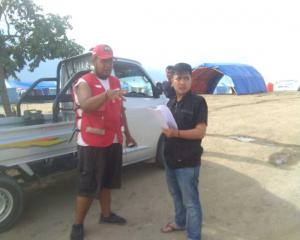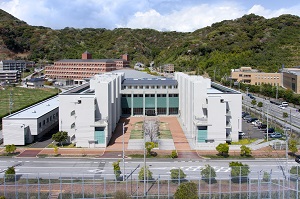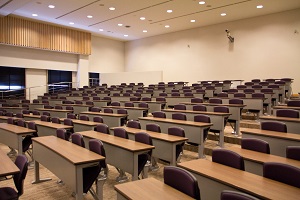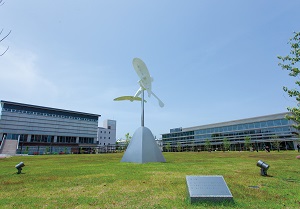本文
【University of Kochi】Disaster response for earthquake and tsunami in Palu, Sigi and Donggala, Indonesia(2018年11月9日-12月3日)
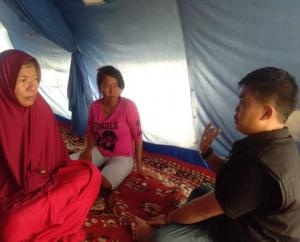
September 26, 2018 earthquake and tsunami had stricken around Palu, Sigi and Donggala, Central Sulawesi, Indonesia. The disasters were not only caused severe material damage, but also made humanity crises where thousands people died, injured and homeless. The disasters, even, caused disruption of health services where many health workers such as local nurses became the victims and health facilities were damaged. Two months aftermath, the situation has been gradually increased and recovery process begun. However, many health issues remained. Based on information from Central Sulewesi Nurses Association (CSNA), health services provided in the shelters were still inadequate. One of the reasons was lack of knowledge of nurses on how to perform adequate practice in disaster situation.
To respond this situation, DNGL program of University of Kochi collaborated with CSNA and Center for Disaster Mental Health Nursing (CDDMN) conducting disaster health response. One of DNGL student, Yudi Ariesta Chandra, was dispatched to involve in this collaboration response activity.
Some activities were conducting during this response activity, such as collecting health status update on disaster affected area, conducting assessment on challenges and difficulties facing by local nurses and health responders, providing education program about role of nurses in recovery and rehabilitation phase to local nurses who work at public health center in the three affected areas, and delivering mental health care for survivors on evacuation shelters/ temporary houses. In addition, some logistic donations were distributed to survivors in rural zone among these three areas.
CSNA as counterpart stated that this activity was important to encourage the affected nurses so that they can deal with situation. Then, the more important, this collaboration activity increased the capacity of “nurse survivors” to work in disaster situation sufficiently.

